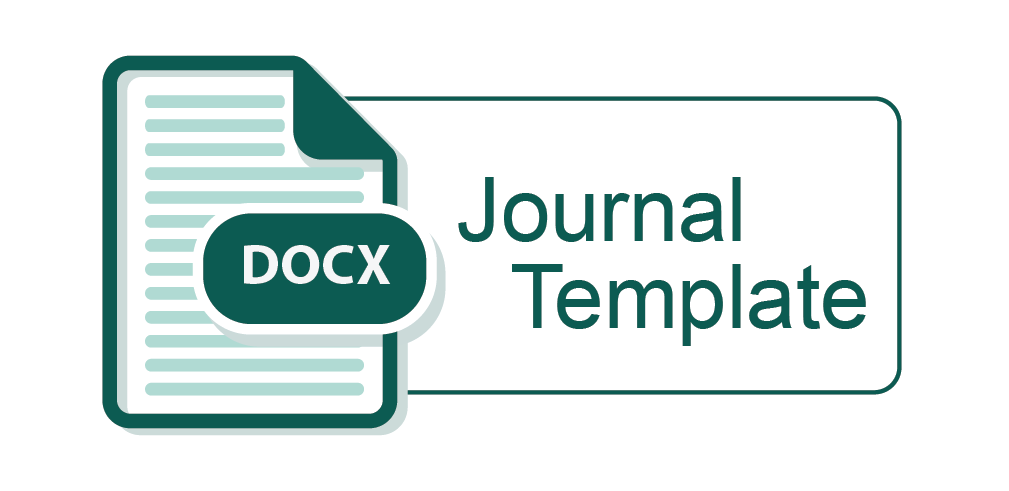Hunting pattern and pressure of communities inside protected areas in Leyte
Keywords:
hunting pattern, hunting methods, wildlife management and conservationAbstract
The study was conducted to describe the hunting pattern and determine the factors associated to hunting pressure inside protected areas in Leyte.
The primary motivation to hunt inside protected areas is for both subsistence and commercial use. Because of low economic opportunities, hunting respondents hunt despite legal restrictions to augment income. Some non-hunting respondents are indirectly involved in hunting by participating in the wildlife trade.
The hunting pattern is characterized by preference for big game although hunting success is low because of the large amount of meat per unit catch. Hunting efficiency is improved with the use of homemade explosives and acquisition of air rifles. Wild pig is the most sought game and the improvement of hunting technology is geared toward increased harvest of this animal. The improvement of technology and the preference for big game made this group of animals highly vulnerable to overhunting. Equally vulnerable are doves, pigeons and parrots, which are considered secondary hunting targets for their meat and for pet trade.
The result of the correlation analysis showed that hunting effort is negatively associated with education, farm and total income of the respondents, and number of years the respondents availed of livelihood projects.
The overall scenario illustrates a classic interaction wherein pressure is continuously exerted on a limited resource in a fragile biological system by economically depressed sector of society. This therefore calls for urgent implementation of integrated conservation program in protected areas that would address both the biological diversity resources under constant pressure and the seemingly obligate users exerting the pressure.
Downloads
Submitted
Published
How to Cite
Issue
Section
License

This work is licensed under a Creative Commons Attribution-NonCommercial-ShareAlike 4.0 International License.







